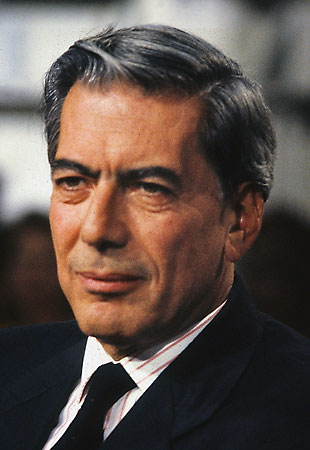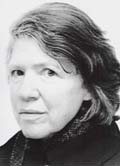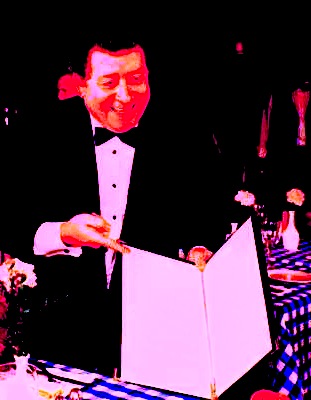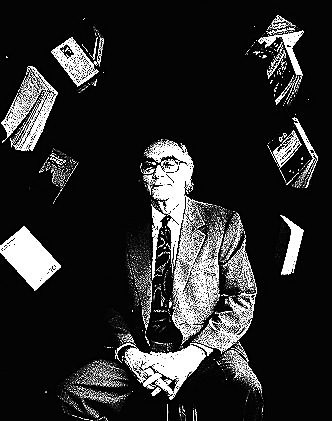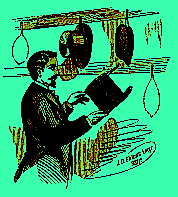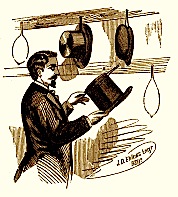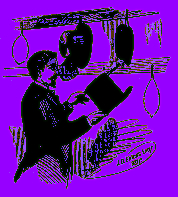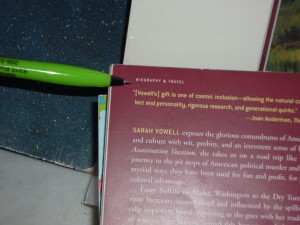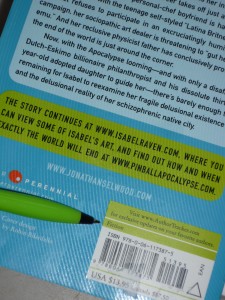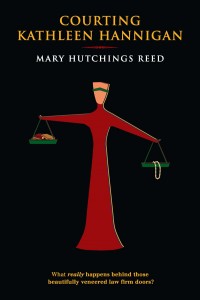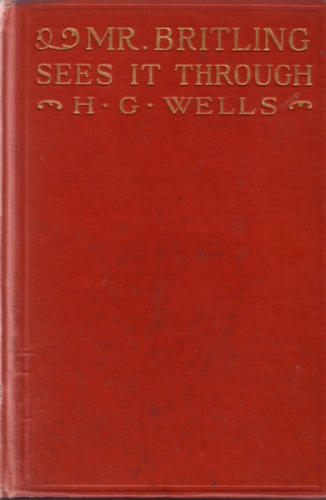
Because we have been concentrating quite heavily on craft issues of late — and very satisfying it has been, too — I had planned to devote Memorial Day weekend entirely to book promotion skills: author interviews, book trailers, guest blogs, and similar increasingly essential but seldom discussed wrenches for the first-time author’s toolkit. I do plan on getting to that material tomorrow. I realized this morning, however, that due to a heavily-booked last couple of days, I had left those of you in the throes of revision without a meaty homework assignment for the long weekend.
That will never do, will it? You might have to resort to sending out a few more queries, writing fresh pages, spending time with your kith and/or kin, or some other non-revision-related activity.
Practice is essential for building up the revision portion of that toolkit — and not just experience correcting one’s own manuscript on a sentence level. Being able to produce and polish a lovely sentence is, after all, the best-known part of an author’s job description. It often comes as a surprise to first-time novelists and memoirists, though, that most of the feedback agents, contest judges, and yes, even many editors give is not line-specific, but general requests to change precisely the type of patterns we’ve been discussing throughout this series: ramping up the showing, rather than the telling; tinkering with the pacing to keep the reader turning pages; revealing more character complexity in the dialogue, and so forth.
You didn’t think I’d been going on and on about these matters just to get your work past Millicent the agency screener, did you? Once you’ve landed the agent of your dreams, you will need to be able to translate sometimes rather vague revision requests (which can run the full gamut from cut out all of the semicolons to more should happen in the first 50 pages to does your protagonist’s brother absolutely have to be gay?) into concrete changes on the manuscript page. Sometimes very quickly.
How quickly, you ask with fear and trembling? Well, let me put it this way: my agent once called me on Thanksgiving to ask if I could rewrite the last third of a novel to an editor’s specifications before Christmas. I had it on her desk in three weeks.
Well may you react with horror — but if you’re not afraid of having your hair turn white on the spot, think about how much more difficult that would have been to pull off if I hadn’t already amassed a pretty hefty array of tools already honed in my writer’s toolkit.
That hellscape you just envisioned is a fairly standard experience for first-time novelists and memoirists, by the way. See why I am constantly badgering you to improve your revision skills, even if you happen to have a brilliant manuscript already in hand? You never know when you’re going to need ‘em.
Want to know what the most challenging part of revising on a deadline? Maintaining consistency of voice. It’s terribly easy to become so fixated on details — or on a certain part of the text — that one ends up with the requested changes, true, but also with a Frankenstein manuscript.
For those of you new to Author! Author!, a Frankenstein manuscript meanders in voice, tone, perspective, structure, and/or style; like the body parts of Dr. Frankenstein’s creature, the text may create the illusion of a whole entity, but it lacks the spark, the true-to-life continuity of a story told from beginning to end by a consistent authorial voice. Often, FM tendencies are the result of multiple or partial revision; even more often, they spring from a writer’s learning the tricks of the trade while writing a book.
How do I know? You’d be surprised how frequently the voice is quite different at the end of the manuscript than at the beginning. Or polished in parts, but rough in others.
Part of the point of this series has been to help you identify these FM tendencies in your own work. To that end, we’ve been talking a great deal about what to take out of a manuscript. Today, I would like to discuss what to leave in, or even what you might want to add.
And the masses rejoice! “Oh, that’s such a relief, Anne,” burnt-out revisers shout from every corner of the globe. “I’ve been working my fingers to the elbow, excising redundant text, spicing up my dialogue, and, of course, getting rid of all of those ands, all the while steeling myself for the inevitable moment when you would talk me into axing my favorite sentences and phrases. Because, after all, we’ve all been told time and time again to kill your darlings. But may I, kind lady, dare hope that you’re going to tell me to keep a couple of my favorites?”
Oh, you poor dears — no wonder you’ve been quivering in your boots. How could you not be, when writing teachers all over North America have been shouting at their students to axe their favorite bits of prose since practically the moment the classic piece of advice fell out of Dorothy Parker’s well-rouged lips sometime during Prohibition?
Well, I’m not going to do it. While a willingness to consider cutting even one’s pet bits is indeed useful, in my experience, most talented writers — published and as-yet-to-be-published alike — actually have a pretty good sense of the little things that shine in their manuscripts. They may not be right that all of the pretty bits are indispensable to the story they are telling, but they usually know which sentences sing and which merely croak.
Especially if the writer in question has been honing her craft, her pet parts of the text are likely to be telling little details, original, fresh, surprising specifics that bring joy to the eyes of agents, editors, and contest judges when they appear nestled in a manuscript — particularly on the first page of the text, where they act like miniature neon signs reading, “Hello? This one can WRITE!” causing Millicent to sit up straight for perhaps the first time that screening day and cry, “By gum, maybe I should not toss this one into the rejection pile.”
As lovely as eliciting this reaction is, there is more to catching a professional reader’s attention than a charming and detailed first page, I’m afraid. Of course, it’s a necessary first step to that reader’s moving on eagerly to the second, and the third, and so forth. Yet an initial good impression is not enough, however much writing teachers emphasize the importance of including an opening hook: as I believe I may have mentioned before in this series, in order to wow an agent into asking to see the entire manuscript, or into reading the entirety of the one you’ve already sent, the impressive writing needs to continue consistently throughout.
Ah, some of you formerly joyous revisers have wilted a bit, haven’t you, under the realization that keeping your favorite writing may require more work than cutting it wholesale? “But Anne,” you whimper, “how can a revising writer tell if the proportion of telling little details falls off throughout a manuscript enough to harm the narrative? More importantly for submission purposes, what density of telling details is enough to continue pleasing a professional reader’s eye?”
Excellent questions both, revisers: we’re all aware that the answer to the first is not necessarily the answer to the second, right? The first is largely a matter of personal style, after all, as well as the narrative expectations of a particular book category. Some writers wrangle generalizations better than others, after all. Generally speaking, though, the higher the proportion of exquisite detail to generalization, the more literary the writing; the more summary statements predominate, the lower the expected reading level of the audience.
And if the three repetitions of general in those last two paragraphs drove you crazy, I’m proud of you. You’ve been doing your editing homework.
In answer to the indignant collective gasp I hear echoing about the cosmos, literary is not simply a synonym for high-quality when we’re talking about writing. Let’s face it, there is plenty of good fiction writing that isn’t literary fiction — and plenty of excellent writing that isn’t literary. Just as the various striations of YA presume specific reading levels, literary fiction assumes a college-educated audience, or at any rate readers with a college-level vocabulary.
Thus, literary fiction is a book category, not a value judgment. It is quite possible, however, to bring a literary voice to other book categories — one sees literary-voiced memoir (like, for instance, Barbara Robinette Moss’ extraordinary CHANGE ME INTO ZEUS’ DAUGHTER from time to time, and many breakout novels are literary-voiced genre works.
That doesn’t mean, however, that a highly literary voice would be appropriate to every book category — or indeed, to every story. Only you, as author, can decide the best voice for your story, but in order to figure out the detail/generalization level appropriate to your book category, you can pick up some external clues.
How? By keeping up with the market in your chosen field, of course. I’ve said it before, and I’ll say it again: unless you are willing to read recent releases in your chosen book category — as opposed to what was coming out 5, 10, or 50 years ago — you’re going to have a much harder time querying, submitting, and yes, revising your own work.
Why? Because you won’t know what the current expectations and conventions are. Case in point: detail vs. summary statements.
Think about it: could you really get away with a summary sentence like, “She had legs that stretched all the way from here to Kalamazoo,” in a genre other than hardboiled mystery, bless its abstraction-loving fan base? (All right, I’ll admit it: one of the all-time best compliments I have ever received came from a writer of hardboiled; he commented on a dress I was wearing by telling me, “You look like trouble in a B movie.” I shall continue to cherish that to my grave.)
That’s one of the many, many reasons agents and editors tend to expect aspiring and published writers alike to read a whole lot of recently-published books within the category they write, in case any of you conference-goers out there had been wondering: to gain a working sense of the abstract/concrete statement ratio habitual readers of that type of book will expect to see. Some other reasons for keeping up with the latest releases: learning what that particular readership likes, figuring out what is and isn’t appropriate vocabulary for that specific readership, gaining currency with what’s being published right now, rather than in, say, 1858, and other practical benefits.
Some of you are sniffing disdainfully, aren’t you? “But Anne, none of this can possibly apply to me or my manuscript. My book is ART, you see: it is totally original. It cannot be forced into an artificial category.”
I can understand why you might feel that way, oh sniffers, but I have a news flash for you: there’s no such thing as a published book that doesn’t fall into a particular book category, no matter how genre-busting it may be. It’s simply how agents, publishers, and booksellers think of books. (If that is indeed news to you, and for some tips on figuring out which conceptual container might best house your manuscript for marketing purposes, please see the HOW TO FIGURE OUT YOUR BOOK’S CATEGORY posts on the archive list at right.)
Because that’s the case, the pros’ eyes tend to glaze over whenever an aspiring writer refuses — or even hesitates — to say to which category his manuscript belongs. To them, that just sounds like, you guessed it, a lack of familiarity with the current book market.
It’s not enough, though, to have a general (there’s that word again!) sense of what kind of writing is currently highly regarded in your chosen category. You also need to get a feel for your own personal style. Before you can decide where you want to pitch your manuscript on the detail scale, you need to figure out where the telling details already tend congregate in your work — and where they do not, so you may work toward overall voice consistency.
Which brings us right back to close textual analysis, doesn’t it? Funny how that worked out. Whip out your trusty marking pens, campers, and try this experiment:
1. Print out three chapters of your manuscript: the first, one from the middle, and one toward the end of the book.
Don’t use the final chapter; most writers polish that one automatically, doubtless the effect of our high school English teachers making us read the final pages of THE GREAT GATSBY so often. Second or third from the end will give you a better idea of your voice when you’re trying to wind things up.
Do print out Chapter 1, though, because if Millicent reads any of them at all, she will start there.
2. Make yourself comfy someplace where you will not be disturbed for a few hours, and start reading.
Easier said than done, of course, especially for those of you with young children gladdening your daily lives, but this isn’t relaxation: this is work. So don’t you dare feel guilty about taking the time to pore over your prose.
Yes, I know: your three-year-old will not be all that impressed that I said so. But you owe it to your writing to get to know your own voice.
3. While you are reading, highlight in nice, bright yellow every time the narrative gives information about a character in summary form.
Yes, this will be a phenomenal amount of work, but trust me: it will be worth it. Mark everything from Angelique felt envious to Maxine was a shop welder of immense proportions to Zeb was a compassionate soul, drawn to injured children, limping dogs, and soup kitchens.
4. Now use a different color of pen — red is nice — to underline any character-revealing information that the narrative conveys indirectly, through specific detail or speeches that demonstrate a characteristic or an environment that is reflective of a character’s internal mood.
Remember, you are not judging the quality of the sentences here — you are looking for passages that encourage the reader to draw his or her own conclusions about what the character is like, rather than simply stating it as a fact. To revisit the trio from above, red-marked sentences might include:
Unable to contain herself, Angelique surreptitiously poked her rival with a pin, or
Maxine’s broad shoulders barely fit through the doors to her metal shop, or even
Zeb was late for work again, having been sidetracked by a child’s scraped knee, a search for the same little girl’s lost cocker spaniel, and the absolute necessity to track down and fund the homeless person he had been forced to overlook yesterday because he’d already given away the last dollar in his pocket.
Beginning to spot some patterns? Good. Now that your manuscript is color-coded to tell you at a glance what your summary statement/telling detail ratio is, how consistent is your narrative being about preserving those proportions?
That’s a big concept to get your mind around, I know. While you’re pondering, let’s get back to that colorful text.
5. Now that you’ve identified these different species of sentences, double-check immediately before and after the indirect indicators in red for summary statements telling the reader precisely how these dandy little details should be interpreted. Circle bottom-lining conclusion statements in a third color — let’s say green, and complete the Rastafarian triumvirate.
Such summaries tend to lurk in the environs of telling details — usually unnecessarily, as vivid details by definition speak for themselves. You may find them elsewhere, naturally, but these will be the easiest to spot.
6. For each green-marked sentence, ask yourself, “Self, is this summary absolutely necessary here, or does the indirect statement cover what I wanted to say? Could it in fact be cut, and would the manuscript be both shorter and better for it?”
Applied consistently, this question can strip a lot of unnecessary verbiage from a manuscript relatively painlessly. It’s a good strategy to know, because it’s often difficult for a writer to notice redundancy on a page he has written himself — from a writerly perspective, saying something in two different ways often just looks like creative emphasis.
Or — and this is more common — the writer may not trust the reader to draw the correct conclusion from the more delicate indirect clues, and so rush to provide the logical extrapolation. But readers are pretty smart, especially those lovers of good writing (in every sense) who dote on marvelously revealing details.
Again, that’s not to say that specifics should trump generalities every time. Abstract statements that bottom-line a character’s ever-changing array of feelings, thoughts, and actions (Eileen was morose, Teddy was sexy, Elvira was a tall, cool hunk of woman, etc.) can save a lot of time in a narrative, quickly providing the reader a sense of what’s going on and who is doing it.
Sometimes, that can come in very handy. In a scene where the action is pretty mundane, a swift summary statement like Bernadette spent the next fifteen hours yawning her way through book shelving can act like a fast-forward button for the narration.
The effect can be even greater when there is a lot going on. When an action scene suddenly requires fifteen thugs to jump Our Hero, describing each one individually and in a nuanced manner would slow the scene down to a crawl — which, inevitably, would convey the impression that O.H. is being beaten up in slow motion.
Fast-paced action deserves fast-paced narration, short, tense sentences that get the blood pumping. Short, to-the-point summary statements like Edmund ducked sideways. The anvil thudded into the wall behind him. may well serve the scene better than long, lyrical, detail-rich ones that go on for line after line.
Oh, you wanted a second example? Okay: As Edmund veered sideways, the rush of air by his ear, percussive and harsh, reminded him of that long-ago summer of fireflies and BB guns, unwashed berry juice climbing up to his elbows after braving the bees for an afternoon’s blackberrying. Funny, how something as dangerous as an anvil flung at his head could awaken such long-dormant memories.
Yes, the second set was prettier — but which would work best for this SPECIFIC action scene in this SPECIFIC story, told in this SPECIFIC voice?
By contrast, concrete characterization statements depict what a character is saying, doing, feeling, and so forth in a particular moment. In a story told primarily through concrete statements — and again, writing with a high concrete/abstract ratio is considered more stylistically sophisticated — the narrative expects the reader to draw conclusions about what characters are like based upon an array of specific actions, feelings, words, and so forth, rather than simply providing a summary statement.
Does that distinction sound at all familiar? It should: this is yet another manifestation of everyone’s favorite writing bugbear, the difference between showing and telling.
Yet constructing an effective narrative is not as simple as eschewing the latter and embracing the former. Obviously, every manuscript ever produced needs both abstract and concrete statements. Because, let’s face it, there’s no such thing as a chapter, paragraph, or even sentence that’s appropriate for every book in which the creative mind might choose to have it appear.
Context matters — and so does book category.
Avoiding summary statements wherever possible may serve a high-end women’s fiction writer very well, for example, but actually harm certain types of genre novel. The rash of semicolons that might make an academic book look learned is unlikely to fly in a Western — but you’d be surprised how much more acceptable it would be in a science fiction novel. And while those of us devoted to literary fiction do occasionally marvel at a story intended exclusively for a college-educated readership written in very simple language, the vocabulary range of most literary fiction is quite different from that of well-written YA.
But you knew that already, right?
And don’t even get me started on how much more acceptable rampant summary statements are in most types of nonfiction than in fiction. Memoirs in particular tend to rely upon them pretty heavily.
Why? Well, as a reader, how eager are you to hear every detail of what happened to even a very interesting real-life narrator over a two-year period? If a memoirist steers too clear of abstract statements like Auntie Mame’s famous My puberty was bleak, she’s going to end up expending quite a bit of precious page space on illustrating just how bleak it was, right?
So much for my carefully non-judgmental speech on the subject of abstract vs. concrete statements. It is worth noting, though, that on any given day of manuscript-screening, your garden-variety Millicent sees a whole lot more summary sentences than concrete ones.
Which, obviously, can render a genuinely original detail quite a refreshment for weary professional eyes. So, generally speaking (ooh, there’s that pesky word again), if you can increase the frequency with which such concrete details appear, you’ll be better off.
Ready to take gander at the ratio in the manuscript you’ve been submitting — or are planning to submit to professional scrutiny anytime soon? Fantastic. Let’s revisit those yellow, red, and green pages from above. But this time, grab a fourth color of pen –- how would you feel about embracing something in the purple family?
7. Mark all the sentences where your protagonist (or any other character whose thoughts are audible to the reader) thinks a response to something that has just happened, instead of saying it aloud or the narrative’s demonstrating the reaction indirectly.
Remember, you’re not judging the quality of writing by determining what to highlight, or sentencing any given observation to the chopping block by marking it. You are simply making patterns in the text more visible.
These kinds of sentences are hard to show out of context, so let me mark up a bit of text for you. The sentences destined for purple overcoats are in caps:
I CAN’T BELIEVE SHE SAID THAT, ZACHARY THOUGHT.
WHY WASN’T HE ANSWERING? “What’s wrong?” Nanette asked, rubbing her tennis-sore ankles. “Are you feeling sick to your stomach again?”
OH, WOULD ONLY THAT HIS ONGOING DISSATISFACTION WITH THEIR MARRIAGE STEMMED FROM A SOURCE AS SIMPLE AS NAUSEA. WAS HIS WIFE HONESTLY SO SOULLESS THAT SHE COULDN’T FEEL THEIR WELL-MANICURED LAWN CREEPING UP THE DOORSTEP TO SMOTHER THEM IN SEDUCTIVE NORMALCY? “No, I just had a long day at work.”
Everyone clear on the distinction I’m making here? Excellent. Now humor me a little and dig up a fifth color of pen — blue, anyone?
8. Mark any sentence where your protagonist’s reactions are conveyed through bodily sensation of some sort. Or depicted by the world surrounding him, or through some other concrete detail.
You’re probably going to find yourself re-marking some of the red sentences from #4, but plow ahead nevertheless, please. Starting to notice some narrative patterns? Expressing character reaction via physicality or projection is a great way to raise the telling little detail quota in your manuscripts.
Does this advice seem familiar? It should, for those of you who regularly attend writing workshops or have worked with an editor. It is generally expressed by the terse marginal admonition, “Get out of your character’s head!”
I wish feedback-givers would explain this advice more often; too many writers read it as an order to prevent their characters from thinking at all, ever. But that’s not what get out of your character’s head! means, at least not most of the time. Generally (ooh!), it’s an editor’s way of TELLING the writer to stop telling the reader about the character’s emotional responses through dialogue-like thought. Instead, (these feedback-givers suggest) SHOW the emotion through details like bodily sensation, noticing a significant detail in the environment that highlights the mood, or…
Well, you get the picture. It’s yet another way that editors bark at writers, “Hey, you — show, don’t tell!”
What will happen to your manuscript if you take this advice to heart? Well, among other things, it will probably be more appealing to Millicent — because, believe me, protagonists who think rather than feel the vast majority of the time disproportionately people the novels submitted to agencies and publishing houses.
And when I say vast majority of the time, I mean in practically every submission they receive. To put it bluntly, a novel or memoir that conveys protagonist response in ways other than thought a significant proportion of the time will at very least enjoy the advantage of surprise.
Why are characters who think their responses — essentially summarizing what they might have said or done in response instead of saying or doing it — so very common, especially in memoir? One theory is that we writers are so often rather quiet people, more given to thinking great comebacks than saying them out loud.
A girl’s best friend is her murmur, as Dorothy Parker used to say.
Or maybe we just think our protagonists will be more likable if they think nasty things about their fellow characters, rather than saying them out loud. That, or there are a whole lot of writers out there whose English teachers made them read HAMLET one too many times, causing them to contract Chronic Soliloquization Disorder.
Whichever it is, Millicent would be happier about most submissions in practically every book category if they exhibited this type of writing less. Done with care, avoiding long swathes of thought need not stifle creative expression.
Don’t believe me? Okay, let’s revisit our little scene of domestic tranquility from above, this time grounding the characters’ reactions in the flesh and the room:
By the time Nanette was midway through her enthusiastic account of the office party, Zachary’s stomach had tied itself into the Gordian knot. The collected swords of every samurai in the history of Japan would have been helpless against it.
“Zach!” Nanette’s back snapped into even greater perpendicularity to her hard chair. “You’re not listening. Upset tummy again?”
He could barely hear her over the ringing of his ears. He could swear he heard their well-manicured lawn creeping up the doorstep to smother them in seductive normalcy. The very wallpaper seemed to be gasping in horror at the prospect of having to live here a second longer. “I just had a long day at work.”
See the difference? The essentials are still here, just expressed in a less obviously thought-based manner. The narrative’s gotten out of the characters’ heads — and stepped right into their bodies.
Go back and take another look at your marked-up manuscript. How blue is it? How heavily purple is that prose? (Sorry; I couldn’t resist setting you up for that one.)
No, but seriously, it’s a good question: all of the types of sentence you just identified are in fact necessary to a successful narrative, so ideally, you have ended up with a very colorful sheaf of paper. Using too many of one type or another, believe it or not, can be boring for the reader, just as using the same sentence structure over and over lulls the eye into skimming.
If you doubt this, try reading a government report sometime. One declarative sentence after another can be stultifying for the reader.
The telling details of your manuscript will be nestled in those red- and blue-marked sentences, Note how frequently they appear in your chapters. If you find more than half a page of yellow and/or purple between patches of darker colors, you might want to go back and mix up your abstract/concrete ratio more.
If you find any pages that are entirely yellow and/or purple, I would suggest running, not walking, to the nearest used bookstore, buying three or four battered paperback editions of books that sell well in your chosen genre, and carting them home to perform the five-marker experiment on them. Could you revise your manuscript so that the color ratio in it replicates that in those books?
Yes, this is a time-consuming exercise, now that you mention it. A test like this is rather nerve-wracking to apply to your own work, but it’s a great way to start getting in the habit of being able to see your pages as someone who does not know you might. (If you want to get a REALLY clear sense of it, trade chapters with a writer you trust, and apply the same experiment.)
At the end of it all, however, you will have a much, much clearer idea of what your narrative voice sounds like — not only at its best and worst, but when it is just trying to do its job. You’ll gain a sense of what it sounds like when you’re tired or excited, trying desperately to get a thought down before it vanishes or having the time to allow your words to revel in their own beauty.
Once you gain that working sense of your own voice, editing your own work will become easier, I promise. You’ll be able to spot the telltale signs that the narrative has slipped away from it; you may even come to feel the drift before the words hit the page.
It sounds like magic, but it isn’t: it’s narrative consistency.
What does all of this have to do with saving your darlings? Plenty. How wonderful would it be if your best writing did not jump out at the reader because the entire manuscript was that good?
A lovely thought, isn’t it? Your darlings will be comfortably housed in a strong, sure narrative; they may — and this happens more than one might think — be your pets because they are already written in your personal narrative voice.
But you won’t know that for sure until you know your voice inside out, will you? Keep up the good work!
It’s 1943. As air-raid sirens blare in Japanese-occupied Taiwan, eight-year-old Saburo walks through the peach forests of Taoyuan. The least favored son of a Taiwanese politician, Saburo is in no hurry to get home to the taunting and abuse he suffers at the hands of his parents and older brother. In the forest he meets Yoshiko, whose descriptions of her loving family are to Saburo like a glimpse of paradise. Meeting her is a moment he will remember forever, and for years he will try to find her again. When he finally does, she is by the side of his oldest brother and greatest rival.
 Julie Wu‘s novel, The Third Son, won a short-listing in the 2009 William Faulkner-William Wisdom Novel-in-Progress Competition and will be published by Algonquin Books in April, 2013. Her short fiction has won honorable mention in the 2010 Lorian Hemingway Short Story Contest and has been published in Columbia Magazine. Also a physician, she has published a personal essay in The Journal of the American Medical Association (JAMA). She earned a B.A. in Literature from Harvard and spent a year studying opera performance at Indiana University in Bloomington, many lifetimes ago.
Julie Wu‘s novel, The Third Son, won a short-listing in the 2009 William Faulkner-William Wisdom Novel-in-Progress Competition and will be published by Algonquin Books in April, 2013. Her short fiction has won honorable mention in the 2010 Lorian Hemingway Short Story Contest and has been published in Columbia Magazine. Also a physician, she has published a personal essay in The Journal of the American Medical Association (JAMA). She earned a B.A. in Literature from Harvard and spent a year studying opera performance at Indiana University in Bloomington, many lifetimes ago.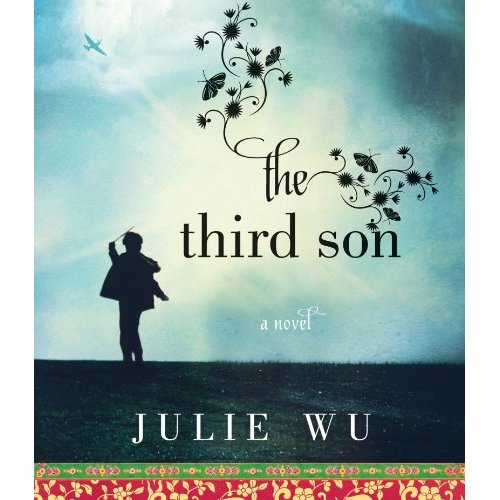


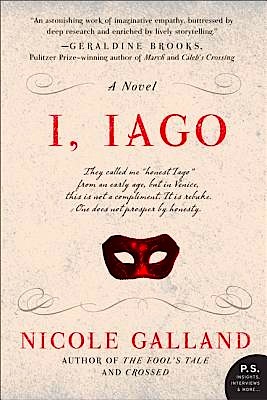
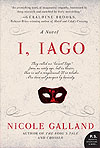
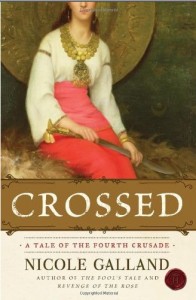
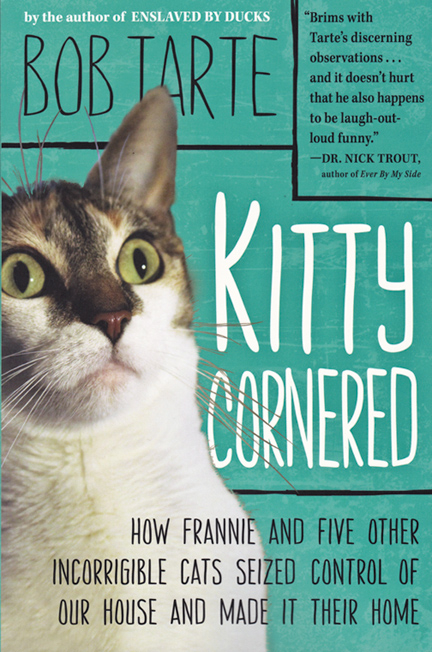
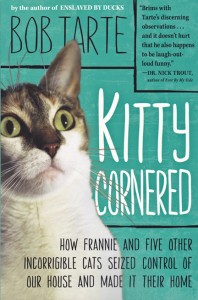
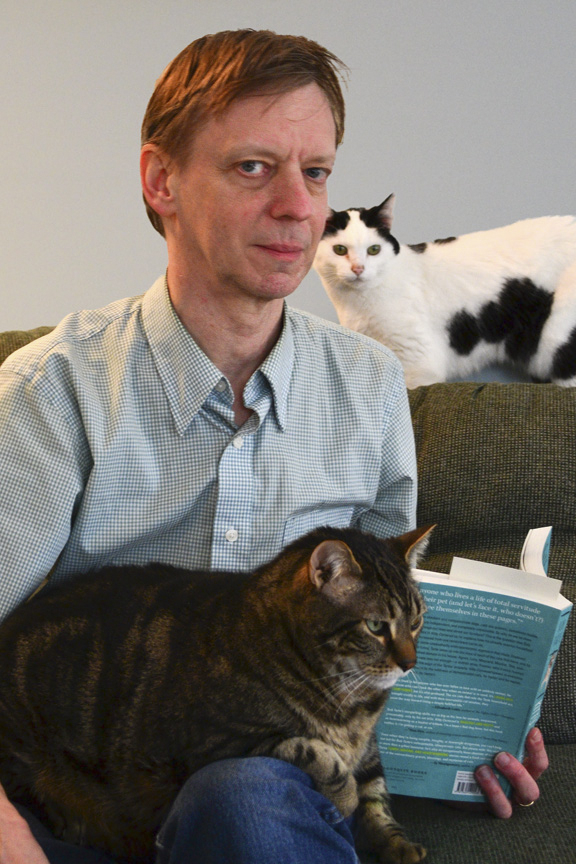
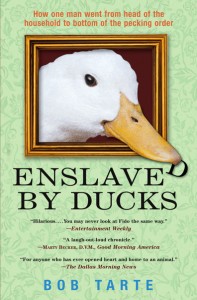 When Bob Tarte left the city of Grand Rapids, Michigan for the country, he was thinking peace and quiet. He’d write his music reviews in the solitude of his rural home on the outskirts of everything.
When Bob Tarte left the city of Grand Rapids, Michigan for the country, he was thinking peace and quiet. He’d write his music reviews in the solitude of his rural home on the outskirts of everything. Bob Tarte’s second book, Fowl Weather, returns us to the Michigan house where pandemonium is the governing principle, and where 39 animals rule the roost. But as things seem to spiral out of control, as his parents age and his mother’s grasp on reality loosens as she battles Alzheimer’s disease, Bob unexpectedly finds support from the gaggle of animals around him. They provide, in their irrational fashion, models for how to live.
Bob Tarte’s second book, Fowl Weather, returns us to the Michigan house where pandemonium is the governing principle, and where 39 animals rule the roost. But as things seem to spiral out of control, as his parents age and his mother’s grasp on reality loosens as she battles Alzheimer’s disease, Bob unexpectedly finds support from the gaggle of animals around him. They provide, in their irrational fashion, models for how to live.

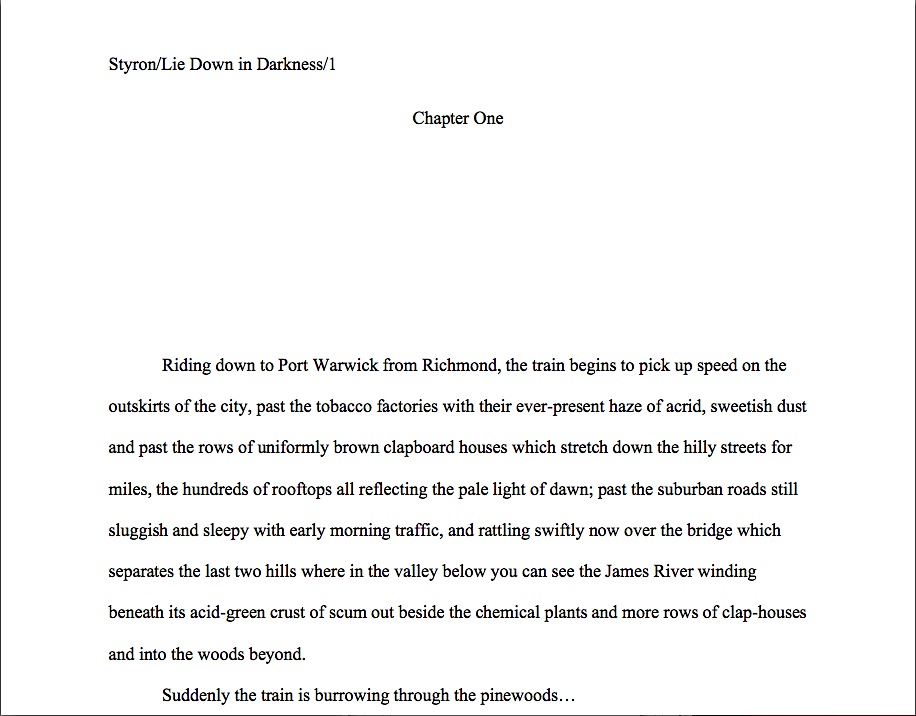
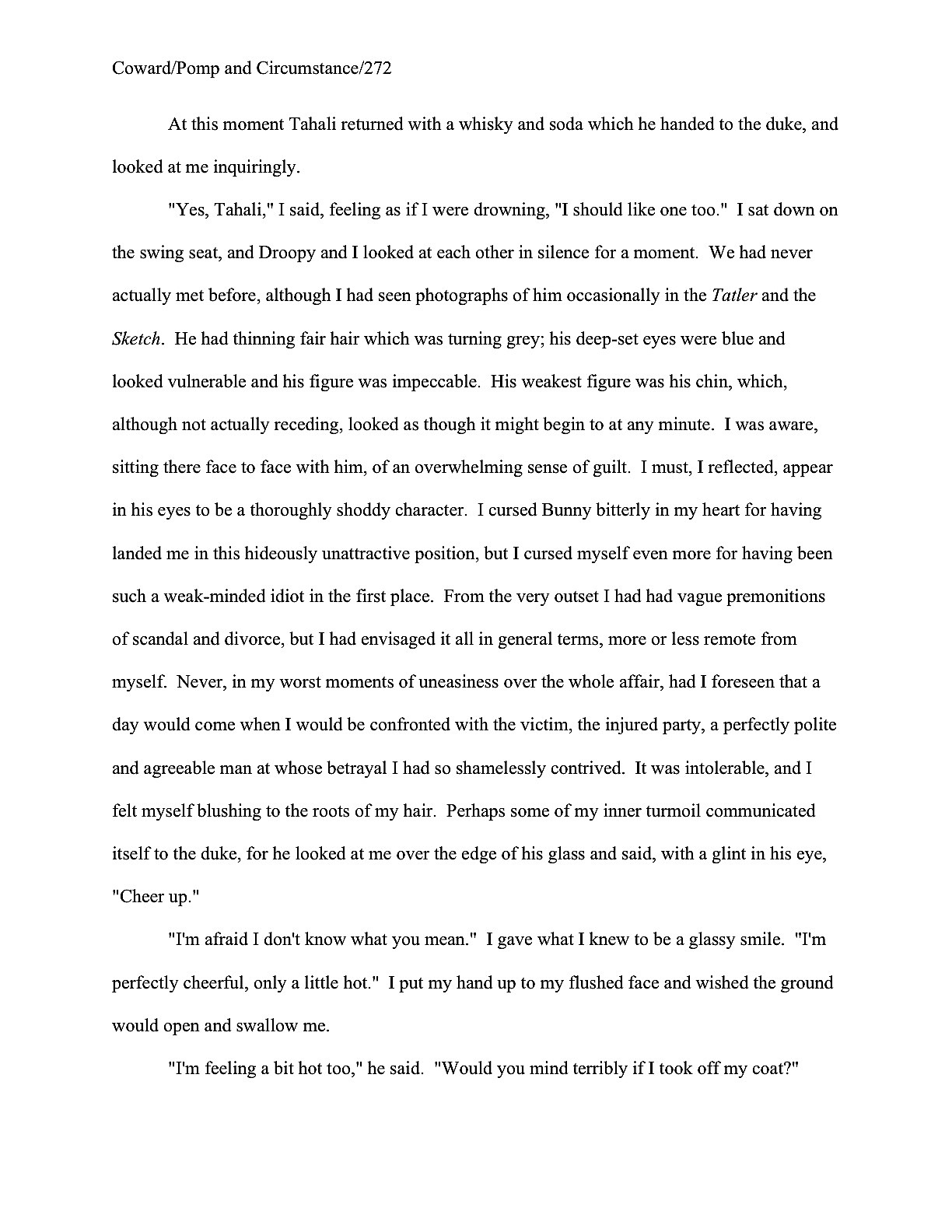
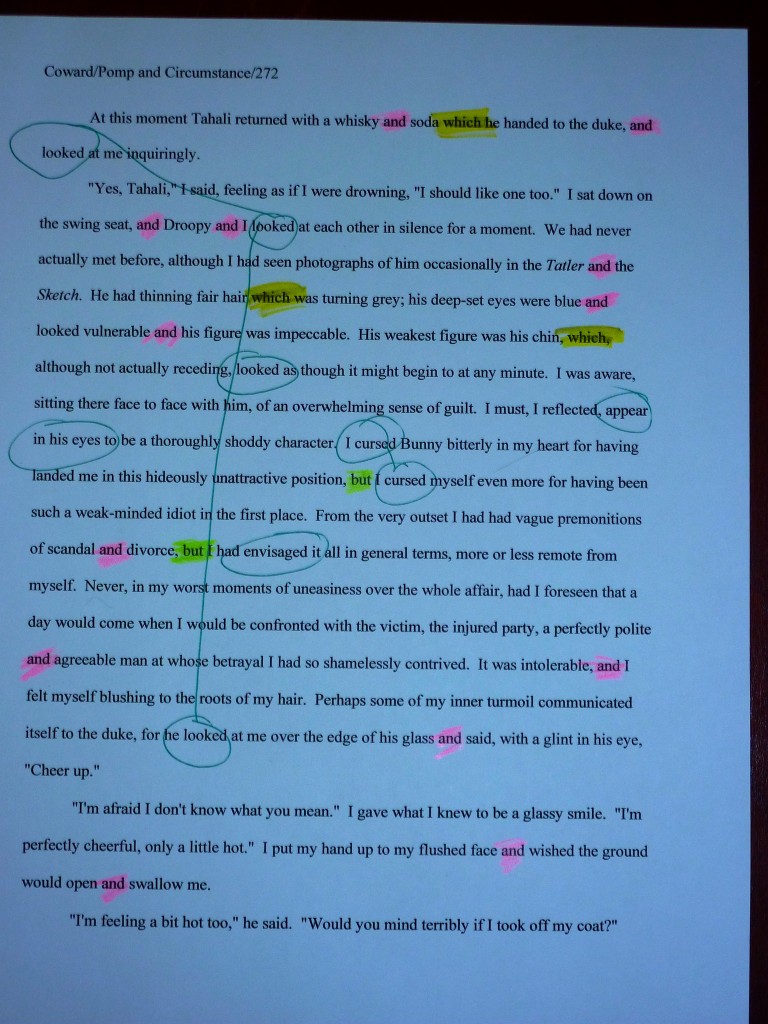
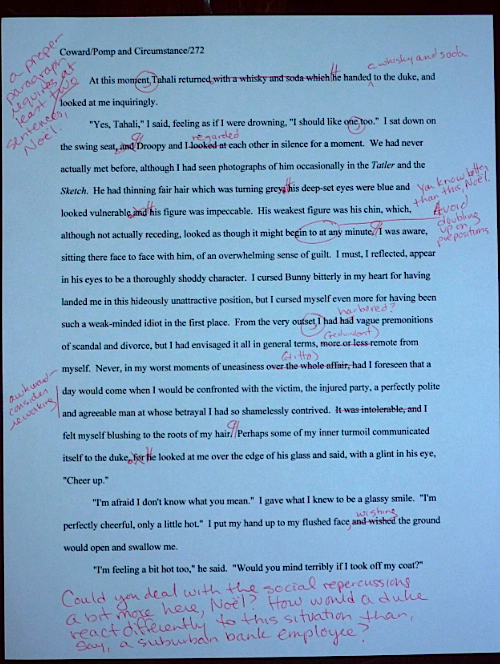

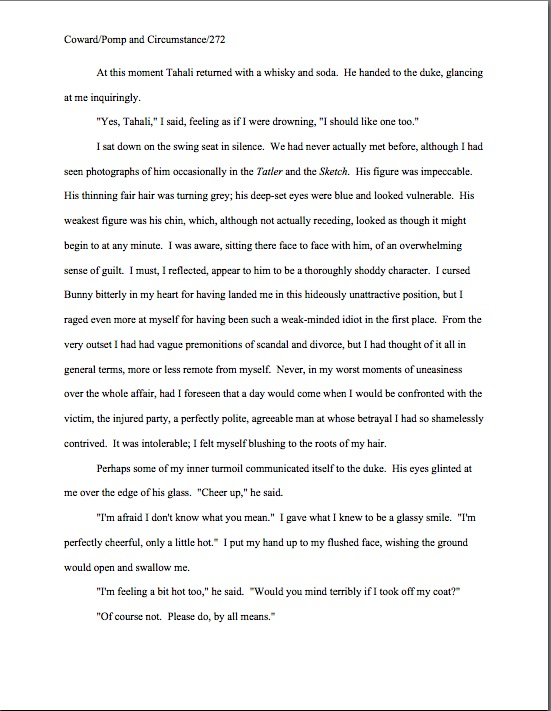
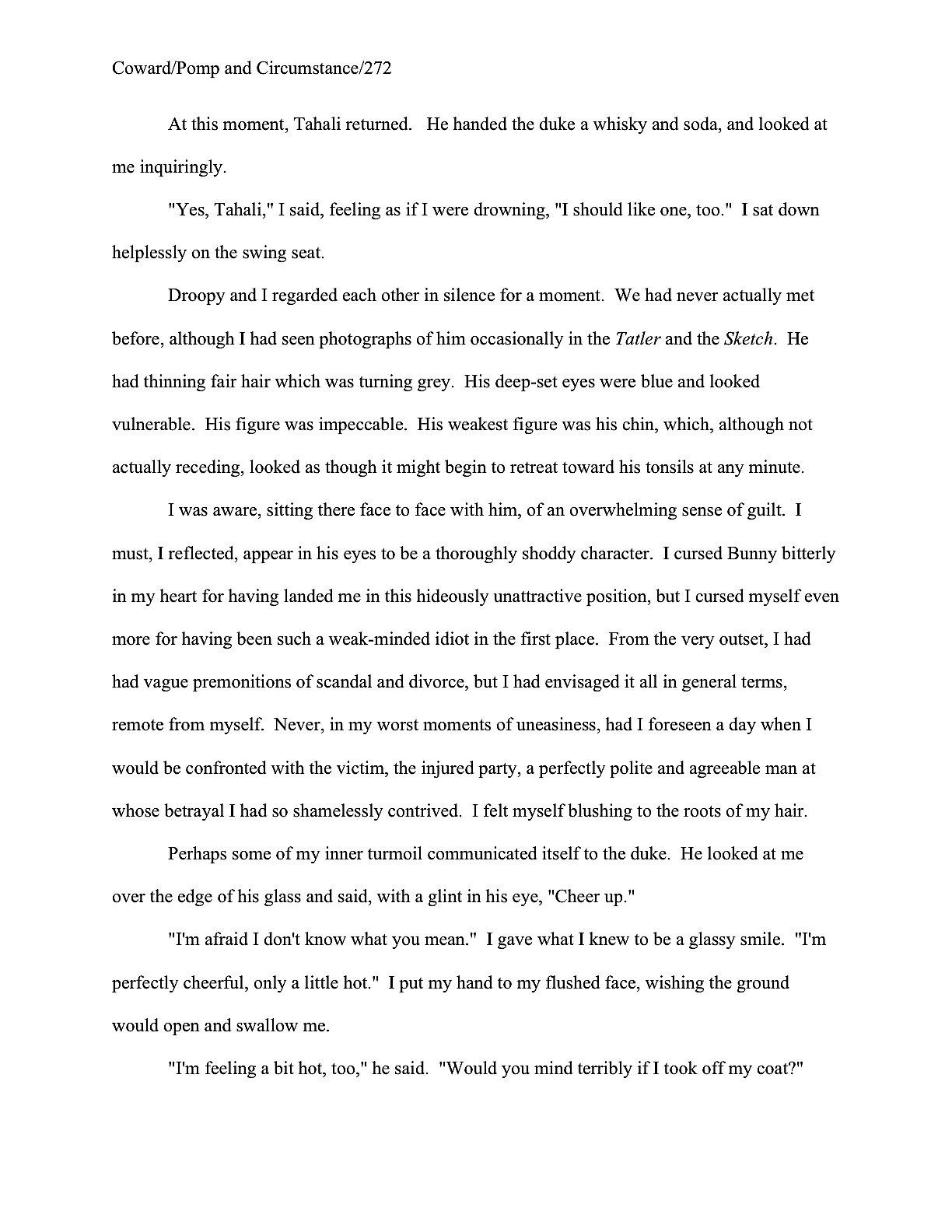
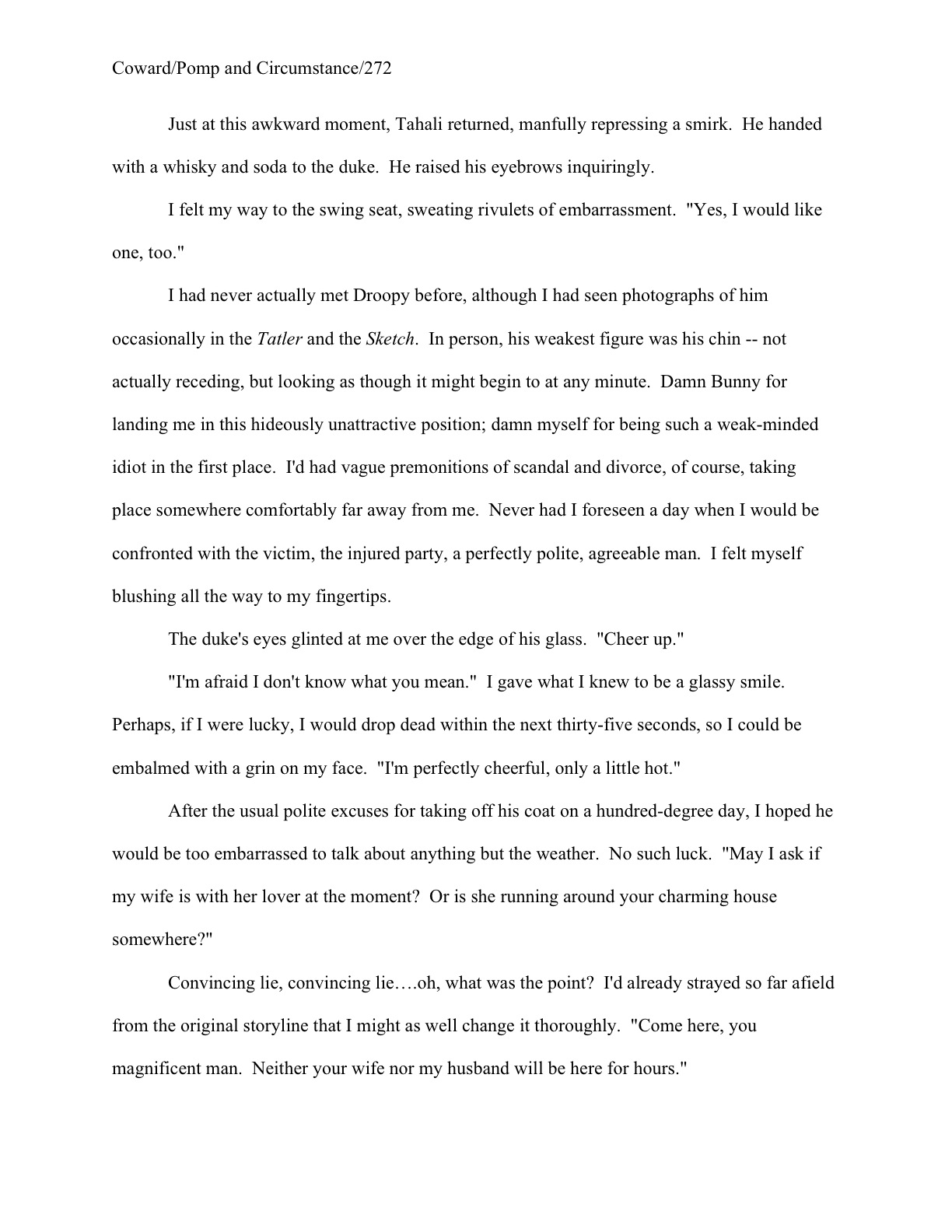

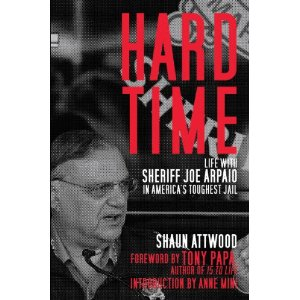
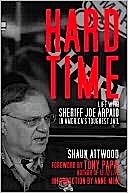
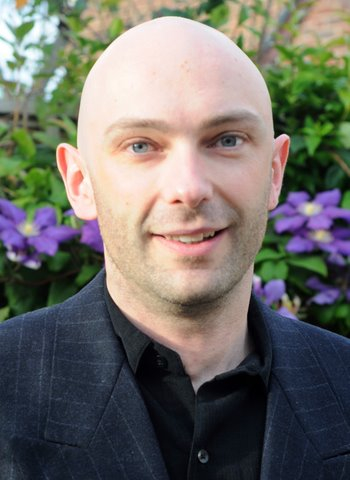
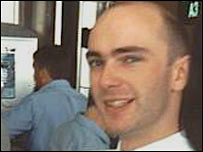
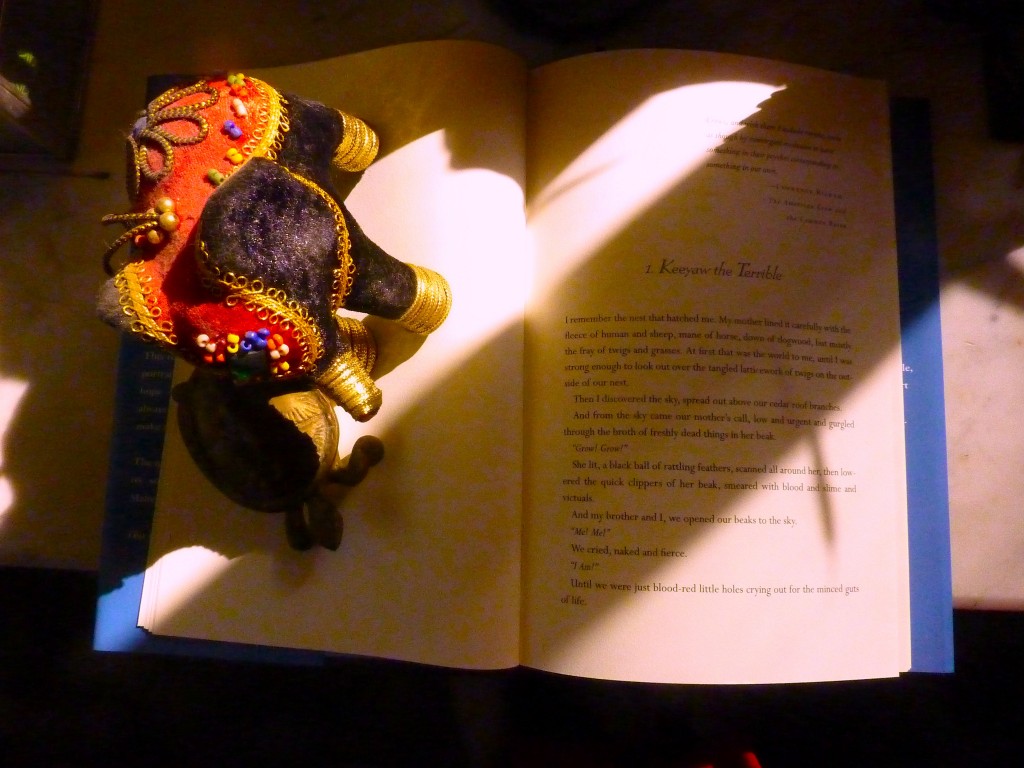

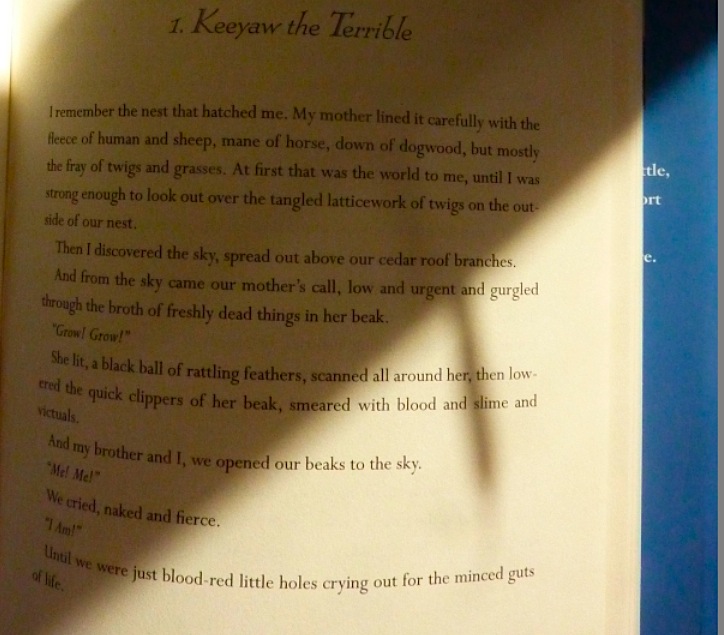
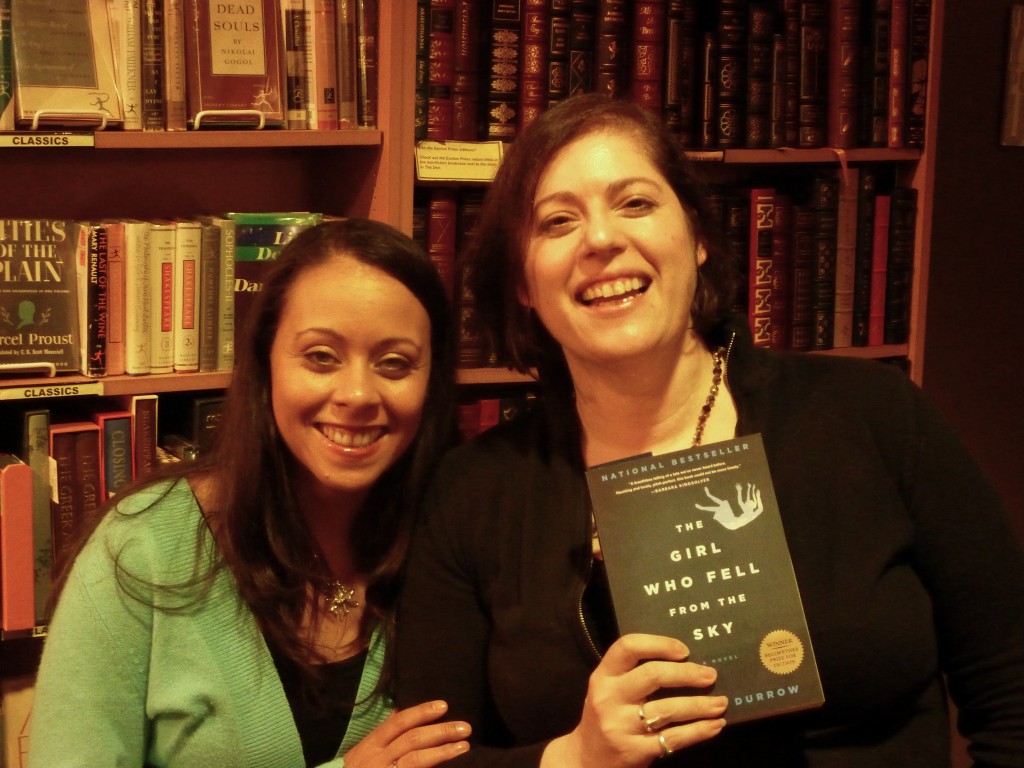
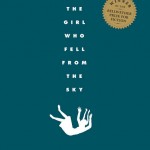 Rachel, the daughter of a Danish mother and a black G.I., becomes the sole survivor of a family tragedy after a fateful morning on their Chicago rooftop.
Rachel, the daughter of a Danish mother and a black G.I., becomes the sole survivor of a family tragedy after a fateful morning on their Chicago rooftop. 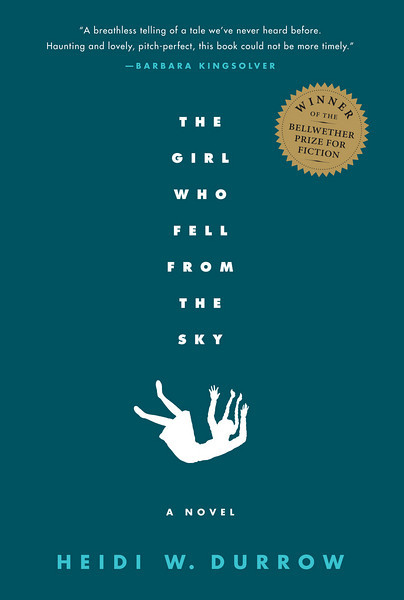
 This debut novel tells the story of Rachel, the daughter of a Danish mother and a black G.I. who becomes the sole survivor of a family tragedy.
This debut novel tells the story of Rachel, the daughter of a Danish mother and a black G.I. who becomes the sole survivor of a family tragedy.

